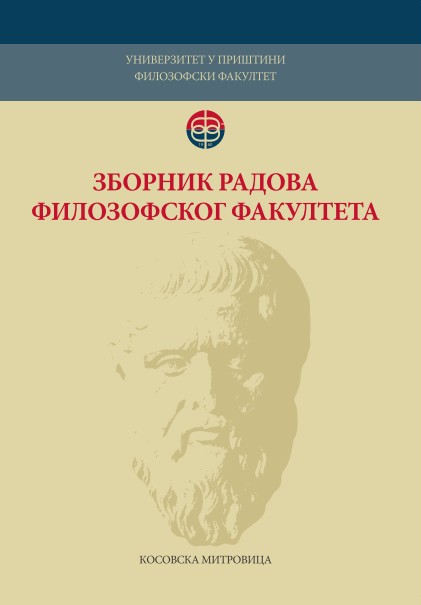Облици Would и Used to као носиоци модалног и хабитуалног значења
Would and used to as markers of modality and habituality in English
Author(s): Jelena B. Babić-Antić, Dragana M. SpasićSubject(s): Language studies, Language and Literature Studies
Published by: Филозофски факултет, Универзитет у Приштини
Keywords: habitual aspect; habitualness; modality; English language
Summary/Abstract: This paper explores habitualness in the English language and modal verbs used to and would as traditional markers of Habituality. According to Bernard Comrie, Habitual Aspect and Progressive Aspect are sub-categories of imperfectivity. Nevertheless, it is essential to make a difference between the two. The term habitual refers to plural events, but even so, it is not the same as accidental event of plurality. The feature common to all habituals, whether or not they are also iterative, is that they describe a situation viewed over an extended period of time. Regarding this, Comrie also reminds that the „trait referred to is a characteristic feature of the whole period and not an incidental property of the moment“ (Comrie, 1976, p.27). Would and used to are the most explicit markers of habituality and are most commonly used forms to express habitualness. Simple forms are also known to have a habitual meaning, as well as the modal auxiliary can, which may occasionally convey the habitual reading as well. The matter of what exactly makes a feature characteristic for the certain period of time is in fact more conceptual than linguistic. When we manage to determine what repeated action proves to be really habitual, we can then use explicitly habitual forms. Even then, it will be more of a conceptual matter than a linguistic one.
Journal: Зборник радова Филозофског факултета у Приштини
- Issue Year: 47/2017
- Issue No: 2
- Page Range: 31-40
- Page Count: 10
- Language: Serbian

